Find out what the propagation and garden teams have been up to this week.
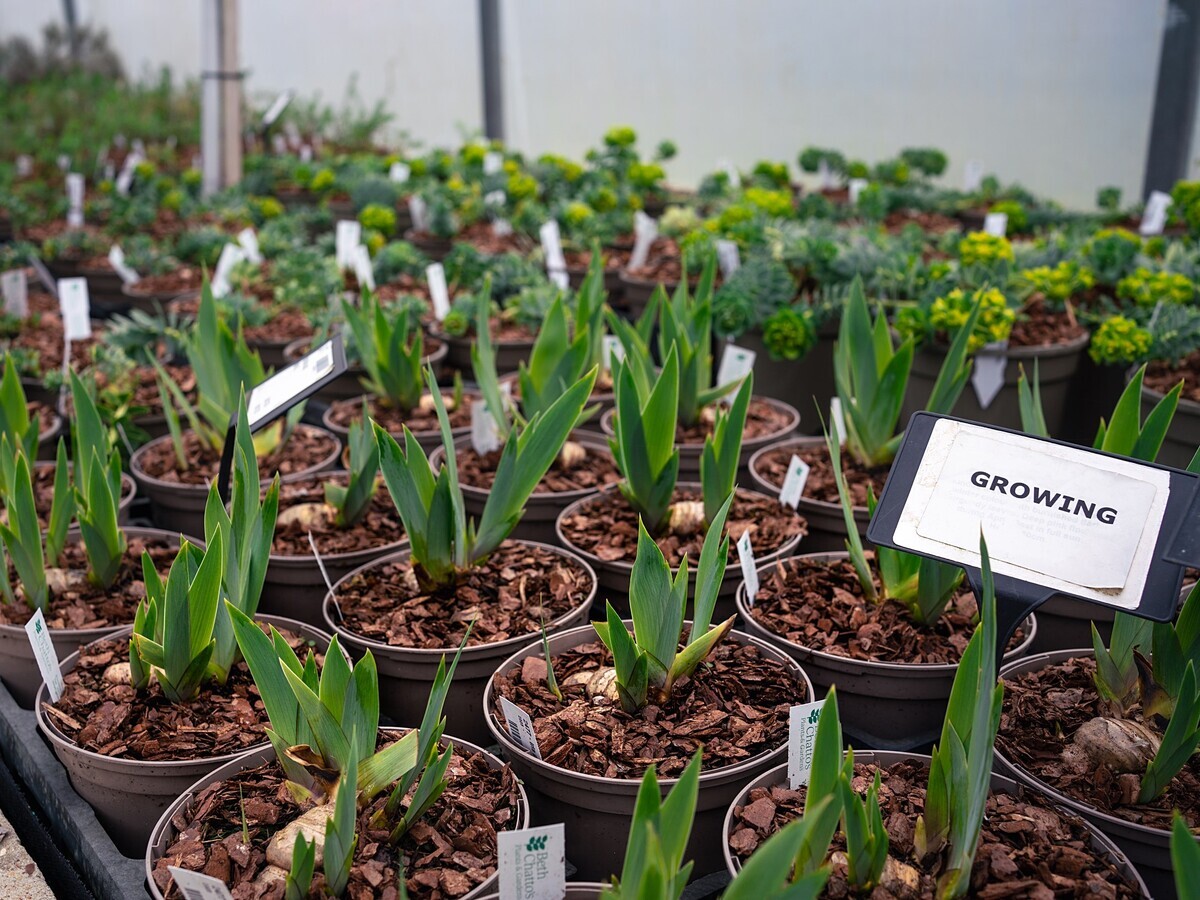
Our Peat Free Journey

We can proudly say that all plants grown at Beth Chatto’s Plants and Gardens are 100% peat free. Here, we would like to share our story of how the transition was made.
Where it all began
Our peat free journey began nearly a decade ago, driven by an increased awareness of the urgent need to protect peatlands and safeguard their vital role as carbon sinks and their ability to store up to twice as much carbon as the world’s forests combined. When peat is extracted and exposed to air, carbon dioxide is released into the atmosphere, contributing to greenhouse gases and global warming. By protecting and restoring peatlands, we can help mitigate the effects of climate change. Beyond their carbon benefits, healthy peatlands also play a key role as natural water reservoirs; filtering and storing water, acting as a sponge and a natural buffer against flooding, slowing the release of heavy rainfall into watercourses. Peatlands support a unique and diverse ecosystem providing habitats to many rare plants, insects, birds and other wildlife. Peat grows at an incredibly slow rate, approx. only 1mm per year. Harvesting a 10 metre deep block of peat with today’s modern equipment is a simple and straightforward process, yet will take a staggering 10,000 years to regenerate.
Peat based composts
When Beth began her nursery Unusual Plants in the late 1960’s, she initially used a cement mixer to make her own potting compost by adding sand to her homemade compost. As peat based compost became widely available and popular amongst growers, Beth followed suit, embracing peat for its convenience, water retaining properties, consistent quality and low weight, which was ideal for the containerised plants she was selling.
Now, six decades later, we’re acutely aware of the adverse environmental impact peat extraction has on our planet. Although the decision to go peat free felt like a no-brainer, there was also a real concern how we would find a reliable alternative which would give us consistent results. After all, growing and selling plants is our livelihood. At the time there wasn’t a huge choice of alternatives available for professional growers. To be truthful, most suppliers initially appeared reluctant to make the transition from traditional peat to peat free. Fortunately there’s been a positive change towards sustainability, with suppliers now working with growers to create and develop custom blends.
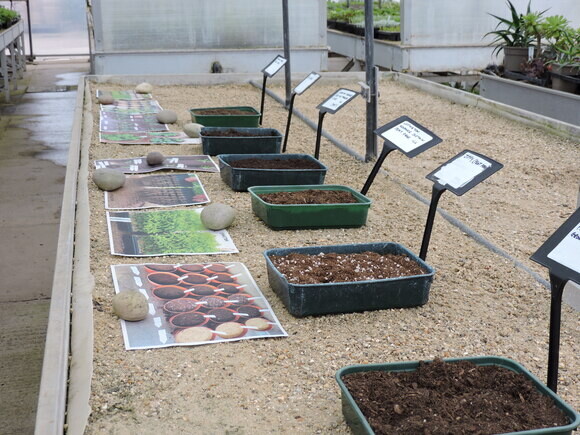
Peat free composts
Peat free composts are typically made up from materials such as composted bark, wood fibre, coir (a fibrous material made from coconut husks) and green compost, often with added vermiculite or perlite to enhance moisture retention or improve drainage.
So why aren’t we using our homemade compost like Beth did in the early days? At present, the compost produced on site goes on the nursery’s stockbeds where the mother plants used for propagation are grown, or it’s used in the gardens as a soil improvement or mulch. Being a nursery with a large scale production of plants, we need to know that there is a consistent mix of ingredients and nutrition levels in the growing media we use. If too varied it can affect plant quality, and we need to maintain uniform growth across large batches of plants. It is also highly labour intensive to produce good quality compost, requiring significant labour and resources. So, at least for now, we leave the compost production to others so that we can focus on growing plants.
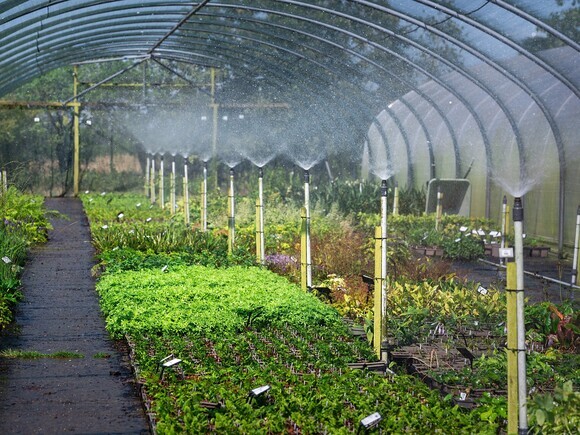
First steps
We initially went peat free for our potting compost in around 2016, feeling confident it would be possible to reduce the environmental footprint without compromising on plant performance and quality. Initially the potting compost contained chunks of coir which were too large and coarse, so the recipe had to be tweaked making sure they were of a finer grade and mixed well with the pine bark it also contains.
It took us a little longer to find a reliable alternative for our seedlings and cuttings, so while we were searching for and trialing alternatives, we continued using a growing medium containing a small amount of peat. After a lengthy period of trial and error, we were finally able to go 100% peat free on our seed and cuttings compost in spring 2022. In the end we settled on using two different types of compost: we’re currently using Fertile Fiber Original Seed Compost, containing mainly coir and vermiculite for cuttings, while JIFFY Peatfree Propagation Super Fine appears to be better suited for our seedlings, having a high percentage of wood fibre and low coir content. For succulents we make up our own mix of compost made of garden waste, Fertile Fiber, gravel and sand.
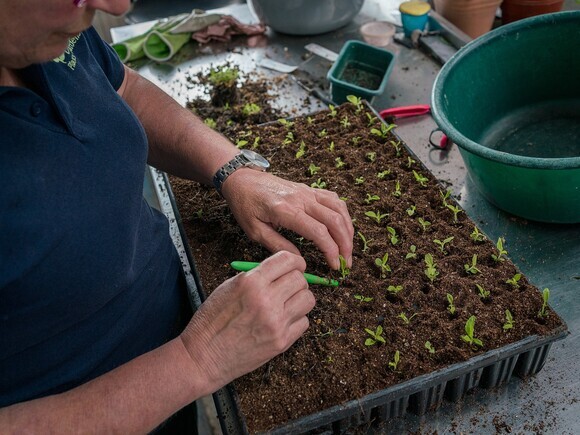
Trial and error
During our initial trials, using a range of different seed and cuttings composts from various suppliers, we looked for quick and reliable gemination as well as strong root growth. We found that some of the growing media produced very good results from March to August, but outside this period, results were extremely poor. We trialed several different brands before finally settling on the ones we use today, however we’re still keen to continue exploring new options. To be honest, the transition from using traditional peat compost has been not so much difficult as different. For instance, we’ve had to adjust to the visual differences in the way new plants look. Compared with plants grown in peat, there’s now initially less top growth, although below the surface the roots are healthy and strong. This means that we just have to be patient, knowing that the plants will be more resilient for it. And once potted on, the plants move just as quick as before. One could liken feeding a plant peat to eating ultra processed food or taking steroids – the plant gains unnatural growth that isn’t always sustainable.
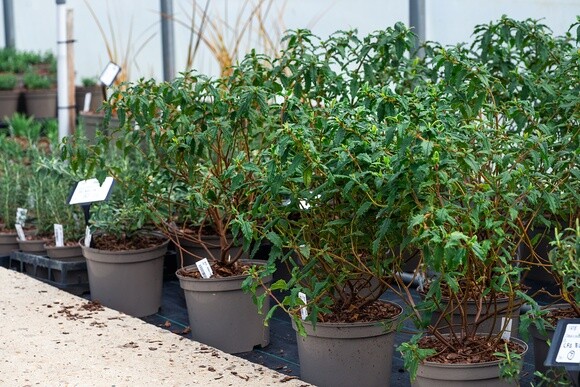
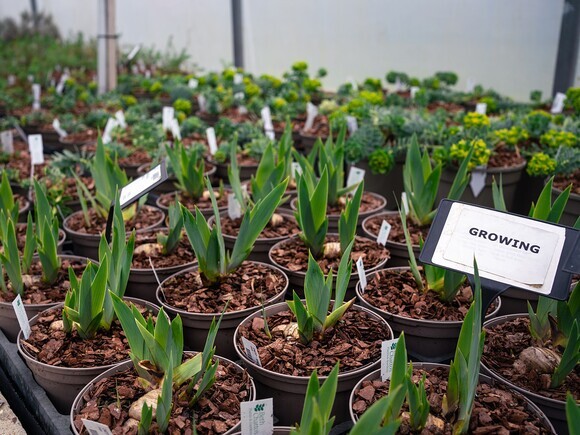
100% peat free
We still purchase a small proportion of plug plants which are potted on (about 10% of our range), to supplement the range of plants we grow. It was important to us to be transparent and not call ourselves peat free while there was a small amount of peat in the plugs. Following a long search, we found a new reliable UK supplier of peat free plug plants, so as of summer 2024, all of the plants that we sell are 100% peat free!
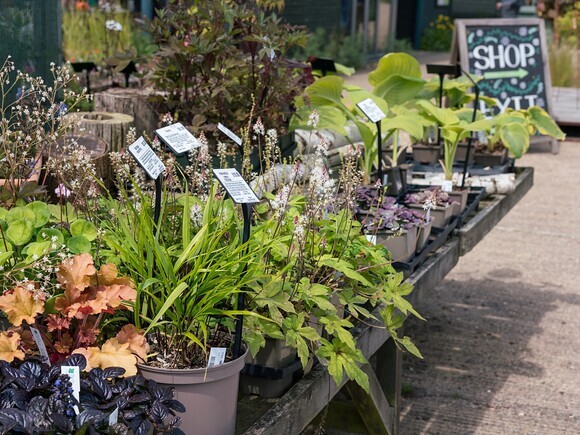
Which peat free compost to choose
Which compost to use can be very subjective and depends on the type of plants you grow; what works well for herbaceous perennials won’t necessarily suit vegetables or bedding plants, so be prepared to trial a few. The types of compost used by professional growers are not always readily available for home gardeners, but this doesn’t mean that other brands or mixes won’t produce equally good results. It’s worth noting that peat free composts behave differently than traditional peat based ones, and vary depending on the raw material used, so a slightly altered watering routine might be needed if you notice that the compost is prone to becoming waterlogged or dries out much quicker than you’re used to. Peat free compost often looks dry on the surface while it’s actually moist further down, so it’s important not to over water. At the same time, if allowed to dry out completely it can be difficult to wet it again. Wood-fibre based compost may need extra fertiliser (ideally an organic slow release), to prevent nutrient deficiency in the plants, as nitrogen is used by microbes during the decomposition process.
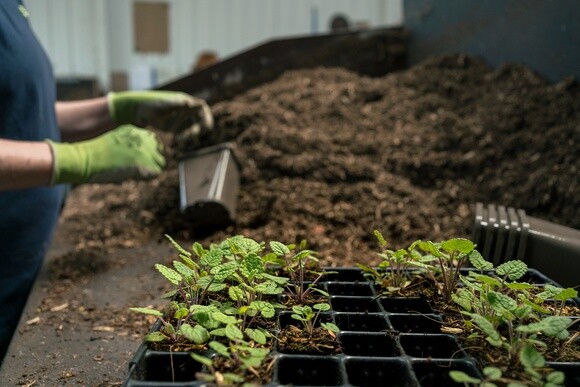
Home gardeners
For the home gardener, it can be difficult to know what the environmental impact is of the raw materials used in the bags of compost you buy. The Responsible Sourcing Scheme for Growing Media helps consumers make informed decisions by assessing how all the raw materials used in growing media (e.g. Multipurpose compost) are sourced and produced. Their scoring system assesses the materials against several different criteria: energy and water use, social compliance (referring to the steps business take to protect the health & safety and fair treatment of its workers), habitat and biodiversity, pollution, renewability and resource use efficiency. www.responsiblesourcing.org.uk uses a colour-coded traffic light system which enables an easy comparison of growing media products.
If you’re interested in hearing Alys Fowler eloquently speaking about her connection with peat bogs and how precious they are to our world, take a moment to listen to this recording from our last symposium - Beneath the Surface.
Deep Places: Lessons from the Bog

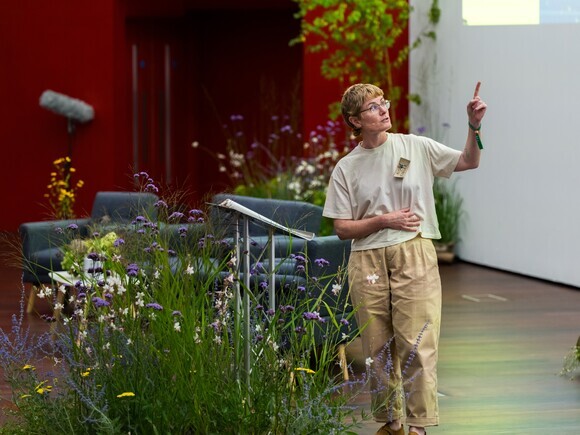

COMMENTS